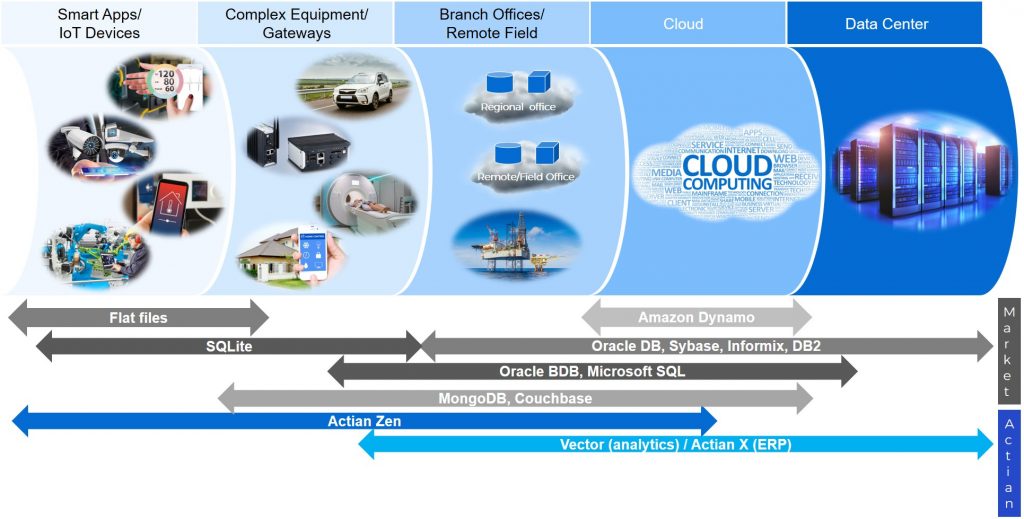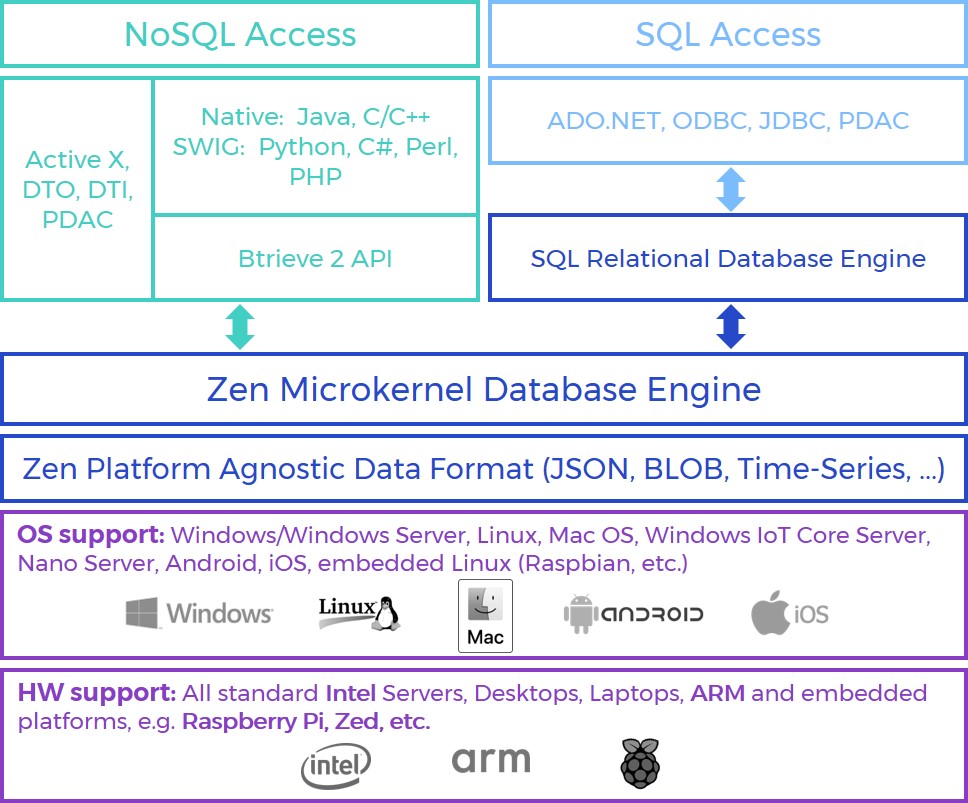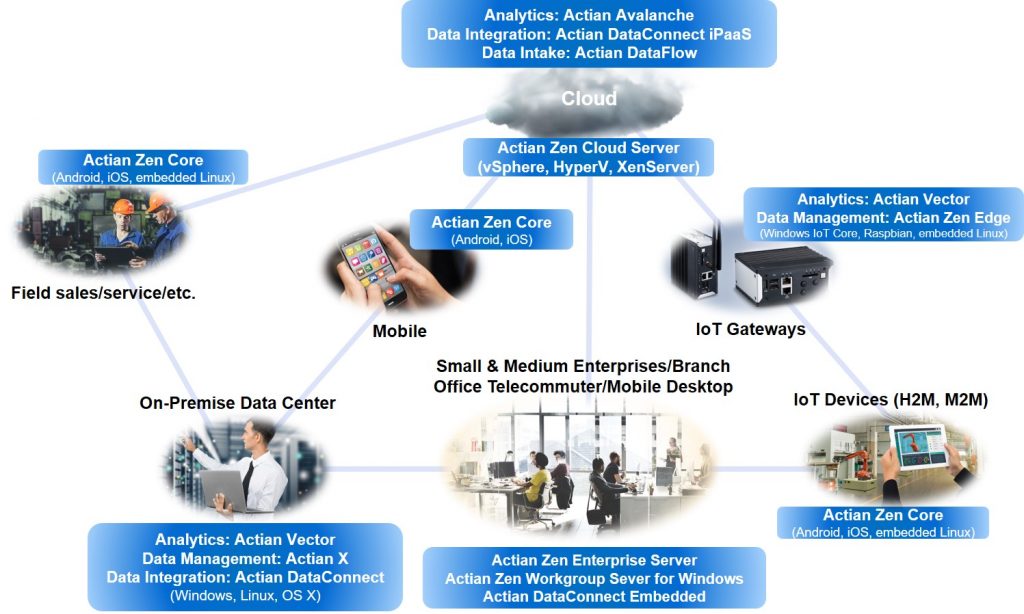Today at VMworld 2019, VMware, Inc. announced a broad set of networking and security innovations and major milestones that further advance VMware’s vision of the Virtual Cloud Network.VMware virtual cloud networking is now deployed by 13,000 customers, 88 of the Fortune 100 and eight of the top 10 Telcos, and reaches more than 150,000 branch offices via VMware SD-WAN by VeloCloud. With VMware virtual cloud networking, customers can experience on average of 59% reduction in capital expenditures and 55% reduction in operational expenditures.
Today’s announcement includes the introduction of VMware NSX Advanced Load Balancer; new and enhanced network and security analytics capabilities, delivered through VMware vRealize Network Insight 5.0 and NSX Intelligence; and continued advancements of VMware SD-WAN by VeloCloud, the industry’s only hyperscale cloud networking solution.
Collectively, these solutions enable VMware to deliver the public cloud experience – a fully automated deployment of a data centre workload – across any infrastructure, spanning from edge to private data centres, to public clouds. This agility can only be achieved through the automation of all network services, which requires having all switching, routing, security and load balancing services defined in software, centrally managed, and running on distributed, general purpose servers.
“VMware brings the one-click public cloud experience to the entire enterprise through an automated, software-defined network architecture,” said Tom Gillis, senior vice president and general manager, networking and security business unit, VMware. “VMware is a leader in next-generation software-defined networking and security, delivering consistent, pervasive connectivity and intrinsic security to apps, data and users wherever they reside. We extend this virtual infrastructure across public and private clouds, all the way to the network edge, and our advanced analytics capabilities provide the visibility and troubleshooting needed to make the Virtual Cloud Network easy to operate.”
VMware NSX advanced Load Balancer: Powerful Software-Defined application services
The new VMware NSX Advanced Load Balancer (previously Avi Networks Platform) is a distributed application delivery controller (ADC) built for the cloud, with an architecture that mirrors cloud principles. NSX Advanced Load Balancer helps organisations overcome the complexity and rigidness of legacy systems and ADC appliances with modern, software-defined application delivery services.
NSX Advanced Load Balancer provides a software load balancer and intelligent web application firewall, combined with advanced analytics and monitoring to enable a fast, scalable, and intrinsically more secure application experience. The solution’s central control plane and distributed data plane deliver application services as a dynamic, multi-cloud fabric which intelligently automates decisions and provides unprecedented application analytics and on-demand elasticity. Customers can dispatch services, such as load balancing and web application firewall, to any application on any cloud, running on VMs, containers, or bare metal, using one centralised interface.
VMware SD-WAN by VeloCloud delivers unique hyperscale architecture
Today the company announced VMware is the only company that delivers hyperscale SD-WAN through a highly automated, stateless, scale-out design that is akin to the architecture of public clouds like AWS, Azure and Google Cloud. VMware achieves hyperscale SD-WAN by having thousands of gateways across every major cloud provider, and hundreds of underlay carrier networks around the world. These gateways are stateless, and horizontally scalable, meaning [...]
The post VMware delivers industry’s only complete SDN and security stack built for the multi-cloud era appeared first on IoT Now - How to run an IoT enabled business.





